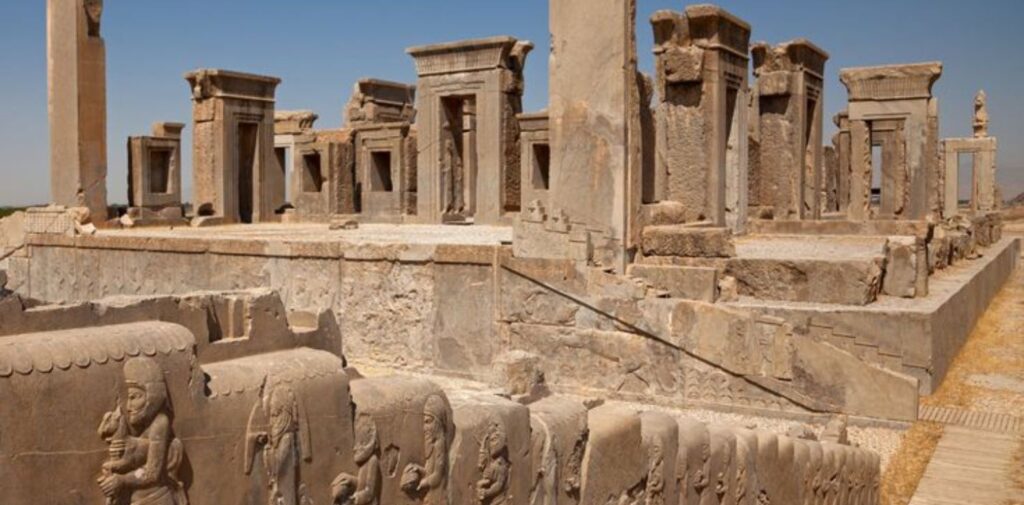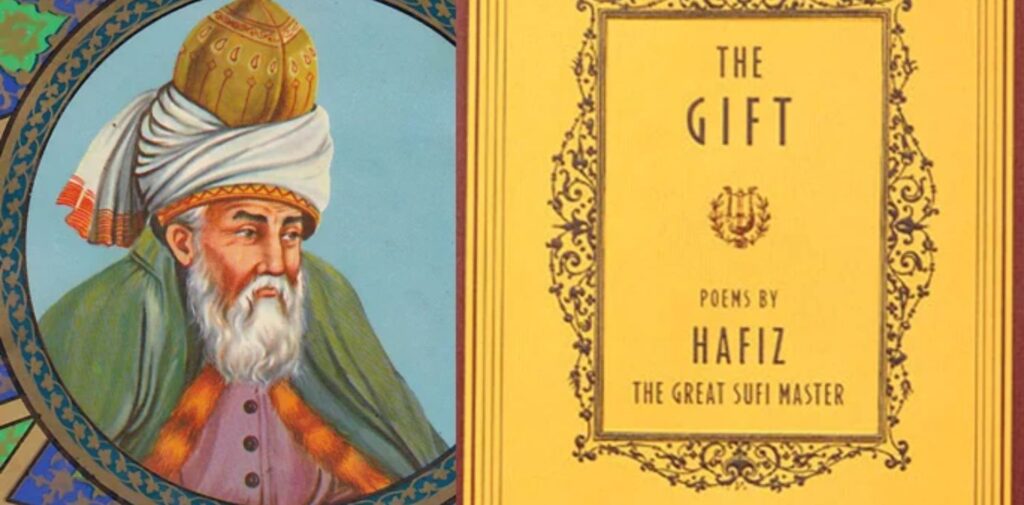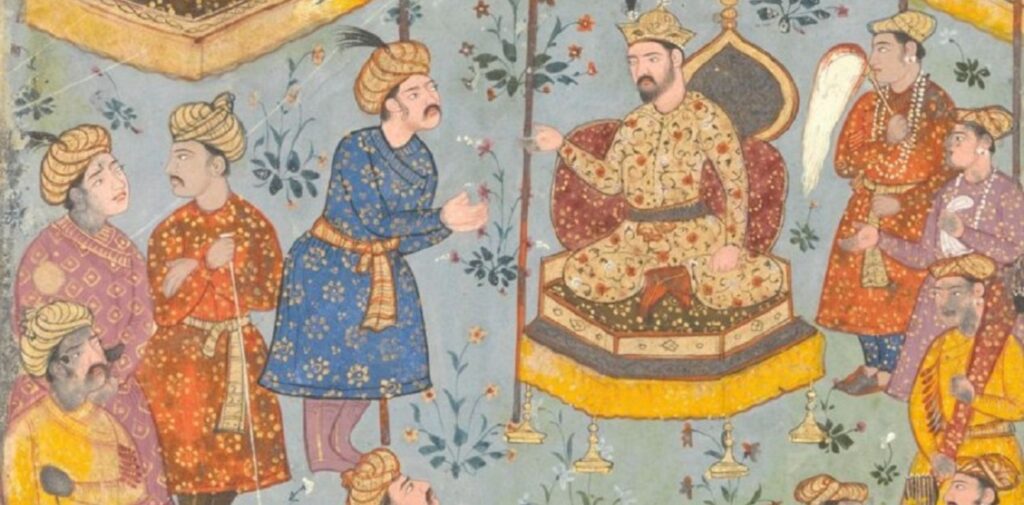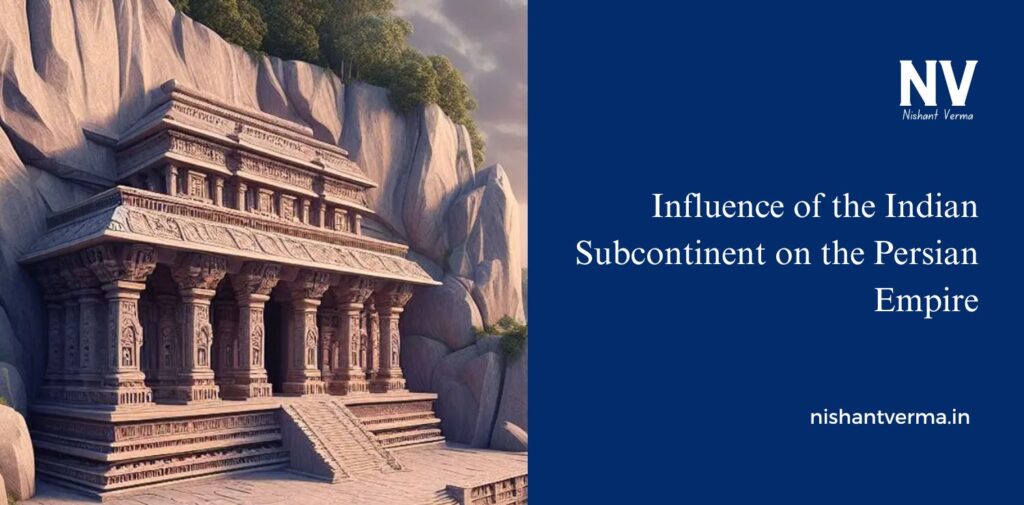The Indian subcontinent and the Persian Empire have a long history of interaction and influence. These two great civilizations, one located in South Asia and the other in the Middle East, have shaped each other in many ways, especially through trade, culture, and even politics. The relationship between the Indian subcontinent and the Persian Empire was not only about conflict but also about sharing knowledge, ideas, and goods. In this article, we will explore how the Indian subcontinent influenced the Persian Empire and vice versa.
The Ancient Persian Empire: A Glimpse
Before we dive into the influence of the Indian subcontinent on the Persian Empire, let’s first understand a little bit about the Persian Empire itself. The Persian Empire, at its height, was one of the largest and most powerful empires in the ancient world. It spanned across a huge area, including present-day Iran, Iraq, parts of Central Asia, and even parts of the Indian subcontinent. This vast empire was known for its rich culture, strong administration, and its ability to connect different regions of the world.
The Persian Empire reached its peak under kings like Cyrus the Great and Darius I. They made Persia a global power, and the empire stretched from the Mediterranean Sea in the west to the Indus River in the east, touching parts of India.

Trade Between India and Persia
One of the most important ways the Indian subcontinent influenced the Persian Empire was through trade. India has always been known for its rich resources, including precious stones, spices, silk, and cotton. These goods were highly valued in other parts of the world, including Persia. In return, the Persian Empire offered valuable goods like gold, silver, and horses, which India lacked.
The famous Silk Road connected the Persian Empire with India. Through this route, traders moved goods, ideas, and culture from one place to another. Persian merchants travelled to Indian cities like Taxila and Gandhara to buy spices, textiles, and ivory. In turn, they also brought their products, such as Persian wine and glassware, to Indian markets.
Influence of Indian Religion and Philosophy on Persia
The Indian subcontinent also influenced Persian religion and philosophy. One of the most notable examples of this is the Zoroastrian religion, which was the main religion in Persia before the spread of Islam. The Zoroastrian faith shares some ideas with Indian religions, especially in terms of the importance of good versus evil.
Some scholars believe that the Zoroastrian concept of a final judgment and the ideas of a good and evil spirit might have been influenced by Indian religious thought. Hinduism and Buddhism, which were thriving in India during the time of the Persian Empire, also introduced Persian rulers to new ideas about the afterlife and spiritual practices.
The Persian Influence on Indian Art and Architecture
Just as India influenced Persia, Persia also left a mark on the Indian subcontinent, especially in art and architecture. The Persian Empire was known for its magnificent palaces, gardens, and grand buildings. Persian architecture and design were often characterized by beautiful gardens, columns, arches, and intricate artwork. These ideas spread to the Indian subcontinent, especially during the period when the Persian Empire had control over parts of India.
When the Persian rulers took control of parts of India, such as the regions around the Indus River (modern-day Pakistan), they built grand buildings and cities that combined both Persian and Indian styles. The use of domes, arches, and large gardens in Indian architecture became more prominent after Persian influence.

Language and Literature: Persian Influence on India
Language is another area where the Indian subcontinent and the Persian Empire influenced each other. Persian became a significant language in the Indian subcontinent, especially during the time of the Mughal Empire (1526-1857). Many Indian kings, particularly the Mughals, had Persian as their court language, and much of the Mughal literature was written in Persian.
Persian poets, like Hafez and Rumi, were well-known in the Mughal court, and their works influenced many Indian poets and writers. Some of the greatest works of Indian literature, including poetry, stories, and historical writings, were written in Persian during this period. This rich cultural exchange between the two regions allowed for a blending of ideas and art that still influences Indian culture today.
The Role of Indian Goods in Persian Society
The Indian subcontinent also played an essential role in supplying Persia with many valuable resources. India was known for producing high-quality cotton, spices, silk, and ivory, all of which were highly prized in Persia. Persian rulers and traders valued these goods for both everyday use and luxury.
The Persian Empire had a rich textile industry, but Indian cotton and silk were still considered to be the finest. Persian people loved Indian spices like pepper, cardamom, and cinnamon, which were used in cooking and medicine. Persian rulers often sought to control trade routes leading into India to gain access to these precious goods.
Cultural Exchange Between India and Persia
The cultural exchange between the Indian subcontinent and the Persian Empire went beyond trade and religion. Many Indian scholars travelled to Persia, bringing with them knowledge of mathematics, astronomy, and medicine. The Indian number system, which included the concept of zero, was introduced to the Persian Empire and later spread to the rest of the world.
Persian rulers were also interested in the science and technology of India. Indian astronomy, especially the study of the stars and planets, influenced Persian scholars. Many Persian scholars wrote books on Indian mathematics and astronomy, which helped spread Indian knowledge to other parts of the world.

Persian Influence on Indian Art, Culture, and Cuisine
While the Indian subcontinent influenced Persian culture, Persia also impacted Indian culture in many ways. One of the areas where Persian influence was strongly felt was in Indian cuisine. Persian dishes like pilaf (a rice dish) and kebabs became popular in India and are still enjoyed today.
In the field of art, the Mughal emperors, who ruled India from the 16th to the 19th centuries, adopted many Persian artistic styles. Miniature paintings, which were first developed in Persia, were later adapted and flourished in India. These paintings often depicted court life, battles, and scenes from Persian literature.
Conclusion
The influence of the Indian subcontinent on the Persian Empire was deep and far-reaching. From trade and religion to art and architecture, the two civilizations shared many ideas and goods. India provided Persia with valuable resources, knowledge, and cultural practices, while Persia influenced India in areas like language, art, and cuisine.
Even though both empires were geographically distant, their exchange of ideas and goods created a strong bond that lasted for centuries. Today, the lasting impact of this cultural exchange can be seen in both Indian and Persian cultures, showing how two great civilizations shaped each other over time.
Through trade, religion, language, and even art, the Indian subcontinent and the Persian Empire created a rich history of cooperation and influence. Understanding this influence helps us appreciate how cultures have always interacted and influenced one another throughout history.




